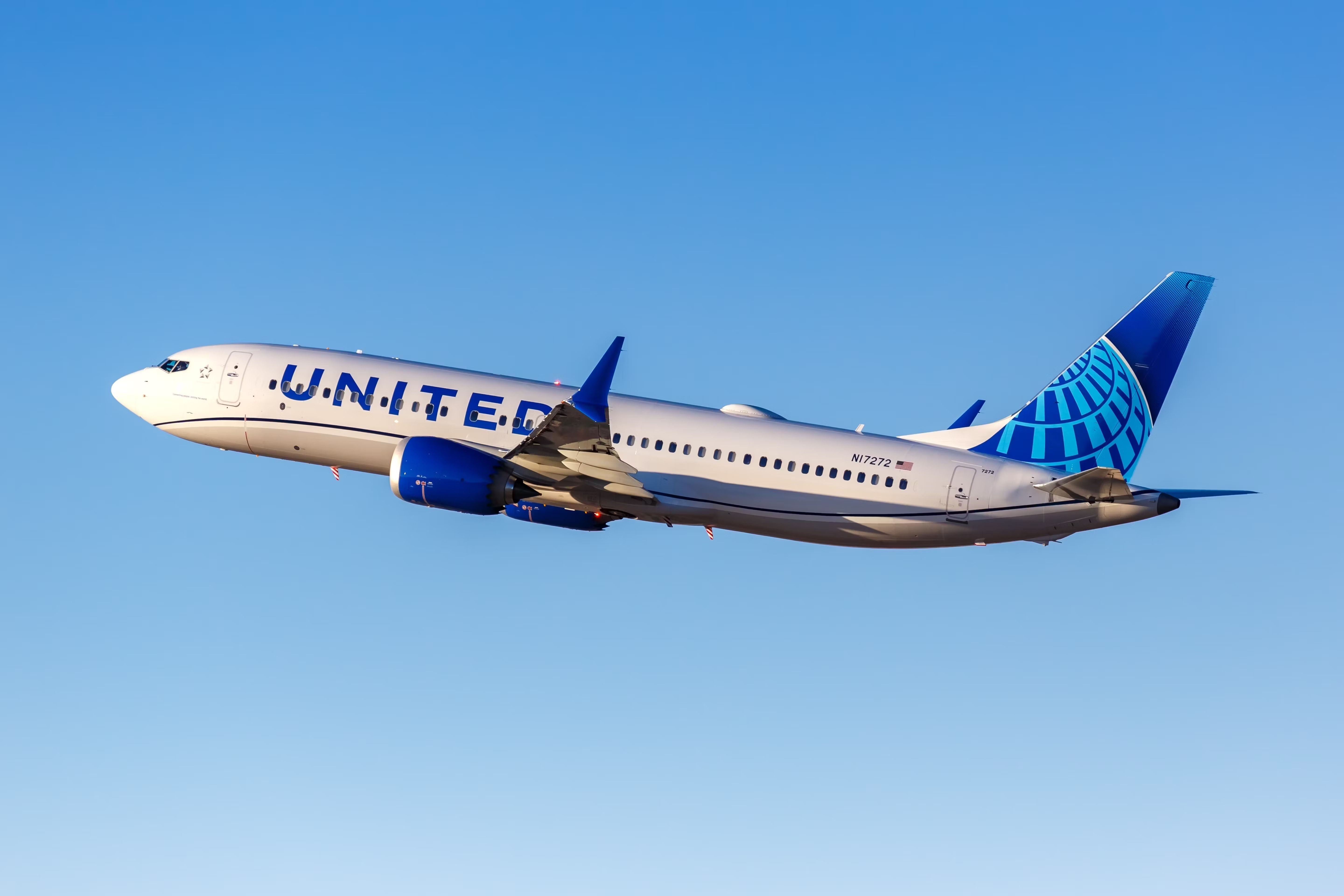Earlier today, scheduling data provided to Simple Flying by aviation analytics firm Cirium indicated that United Airlines had elected to remove several flights between Chicago O'Hare International Airport (ORD) and Mexico City International Airport (MEX) from its flight schedules. These service cancellations are all taking place during the winter months, with the carrier set to reduce operating frequencies on this route significantly during traditionally profitable months. Often, airlines like United will reduce flight frequencies due to shifting institutional beliefs about the levels of demand that could exist within certain markets or overall passenger sentiments about spending money on international travel.
Carriers can benefit by reducing route frequencies, as it allows them to reallocate traffic towards markets where their margins are much larger. Let's take a deeper look at United's interesting decision to cut services on this route in favor of other opportunities and how passengers will be affected. A Deeper Look At The Specifics Of United's Cancellation Historically, United Airlines has operated nonstop services between O'Hare and Mexico City once per day, with a daily direct flight linking the two hubs.

This single flight has traditionally been United Airlines Flight 359, which departs from O'Hare Airport at 09:16 and touches down in Mexico City around lunchtime at 12:45. This flight has long been operated by members of the airline's narrowbody fleet, including the Boeing 737, the Boeing 757, and the Airbus A320. Currently, flights are operated by Airbus A320s with the following configuration: Class of service: Number of seats on a United Airbus A320: United First 12 Extra-Legroom Economy 42 United Economy 96 In the return direction, this flight operates on a similar schedule as United Airlines Flight 474.
This service departs from Mexico City at 14:10 and touches back down in Chicago at 19:35. Such a nonstop flight caters to business travelers who can leave Mexico City and touch back down in Chicago after a full day of meetings. Last year, this flight offered between 4,200 seats and 4,800 seats, depending on the month, with just one service per day.
This led to the consistent generation of more than 7 million available seat miles (ASMs). However, during the peak winter travel months, the airline operated two daily nonstop services, giving passengers more flexibility when traveling between the two markets . Of the top ten airlines with the most ASMs, seven are international airlines, comprising five European airlines.
The Airline Is Cutting Half Of Its Winter Peak Capacity Starting in November, the airline typically offers a second daily frequency throughout the winter months. This typically results in between 8,600 seats and 9,200 seats, depending on the month. As with daily flights, the airline's flights are operated by narrowbody jets with relatively limited capacity.
These services typically generated around 14-15 million available seat miles (ASMs). By eliminating these services, United Airlines will lose much of the capacity it offers on these key routes . The carrier will lose availability on these services, and competitors could be quick to try to snatch up this sector of the market.
Multiple other airlines serve this route, including Mexican flag carrier Aeromexico and low-cost carriers Viva and Volaris. Why Is The Airline Deciding To Cut Back On This Route? There are multiple reasons why United might have decided to scale back the capacity it is offering on this route. The legacy carrier did not respond to Simple Flying's request for comment as to why it scaled back its flights on this service.
Airlines like United are always looking to innovate with their route networks. By adding and removing capacity, the carrier can balance supply to meet demand in order to best cater to the market. United has clearly seen market signals that would lead it to think this route would see diminished demand.
However, if other competitors see different market signals, they could make moves to capture this extra demand. LAX has 17 direct routes to Mexico, with the longest being a 5.5-hour connection to the sunshine and sandy beaches of the Yucatan Peninsula.
.
Technology

United Cuts Back On Chicago O'Hare To Mexico City Flights This Winter

This decision might seem surprising.















